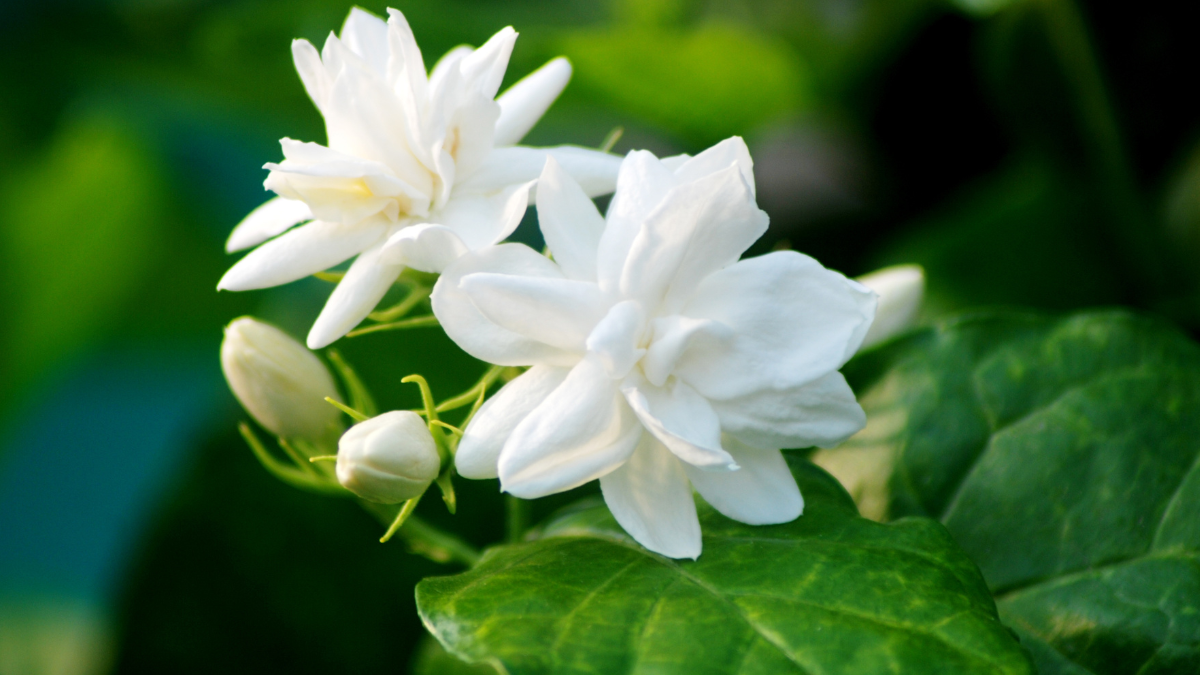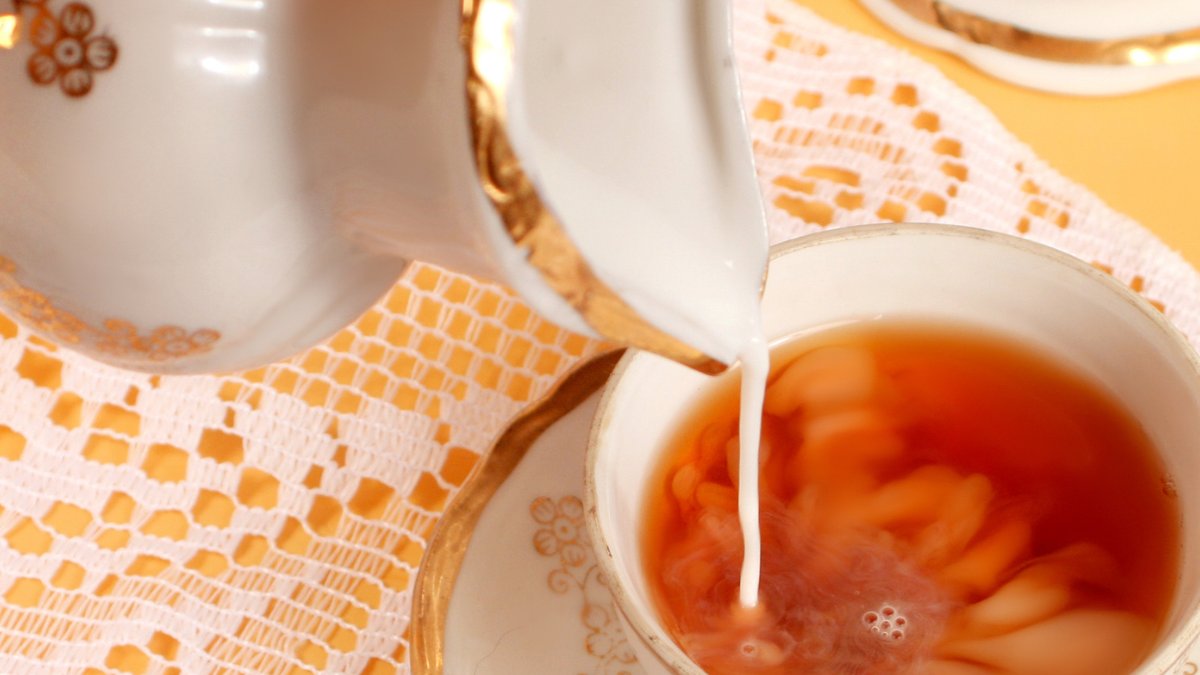The Ultimate Guide to Choosing the Best Camera for Your Photography Needs
Are you a budding photographer looking to invest in a new camera? Or maybe you’re a seasoned professional looking to upgrade your current gear? Whatever your level of experience, choosing the right camera is crucial to taking your photography to the next level. With so many options on the market, it can be overwhelming to know where to start. In this guide, we’ll break down the key factors you need to consider when selecting a camera that meets your photography needs.
Understanding Camera Types
Before diving into the specifics, it’s important to understand the different types of cameras available. There are three main categories of cameras: point-and-shoot, mirrorless, and DSLR (Digital Single Lens Reflex).
Point and Shoot Cameras
Point-and-shoot cameras are compact and easy to use, making them a great option for those just starting in photography. They typically have a fixed lens and limited manual controls, but their compact size and simple operation make them ideal for travel and everyday use.
Mirrorless Cameras
Mirrorless cameras are a relatively recent development in the world of photography. They offer many of the benefits of a DSLR, such as interchangeable lenses and advanced manual controls, but in a smaller and lighter body. Mirrorless cameras are becoming increasingly popular, especially among professionals, due to their portability and versatility.
DSLR Cameras
DSLRs are the traditional choice for serious photographers. They offer a wide range of manual controls, interchangeable lenses, and the ability to change camera settings to match a wide range of shooting scenarios. DSLRs are often larger and heavier than mirrorless cameras, but they offer the most advanced features and are well-suited to a wide range of photography styles.
Key Camera Features to Consider
Once you’ve narrowed down your options based on camera type, there are several key features you need to consider before making a final decision.
Megapixels
Megapixels refer to the number of pixels in an image. The higher the megapixel count, the more detail the image will contain. A high megapixel count is especially important if you plan on printing large images or cropping your shots. However, it’s important to note that the number of megapixels is just one factor that affects image quality, and a higher megapixel count does not necessarily equate to better-quality images.
Sensor Size
The sensor size is another important factor to consider. The sensor is what captures the light in an image, and a larger sensor will allow for better image quality in low-light conditions and greater control over the depth of field. Full-frame sensors are the largest and offer the best image quality, but they are also the most expensive. Crop-sensor cameras offer a smaller sensor and lower image quality, but they are more affordable and still provide excellent results for most photographers.
Lens Interchangeability
Interchangeable lenses allow you to swap out the lens on your camera, giving you greater control over your images. This is especially important for photographers who shoot a variety of subjects, as different lenses can help you achieve different effects and perspectives. Interchangeable lenses are available on both DSLRs and mirrorless cameras, but not on point-and-shoot cameras.
Manual Controls
Manual controls allow you to adjust a wide range of camera settings, such as aperture, shutter speed, and ISO, to achieve the exact look you want in your images. The more manual controls a camera has, the greater control you have over your images. This is especially important for professional photographers, but it can also be useful for amateur photographers who want to take their photography skills to the next level.
Video Capabilities
Many photographers are now looking for cameras that can also shoot high-quality video. If you plan on shooting video as well as still images, look for a camera with good video capabilities, including high resolution, good autofocus, and the ability to shoot at different frame rates.
Price
Finally, price is an important factor to consider when choosing a camera. Cameras can range in price from a few hundred dollars to several thousand dollars, so it’s important to set a budget and stick to it. Remember, a higher price does not always equate to better quality, so be sure to carefully consider all of the other factors before making a final decision.
Choosing the Right Camera for Your Needs
With so many cameras on the market, it can be difficult to know which one is right for you. To make the best decision, start by considering your photography goals and needs. If you’re just starting, a point-and-shoot camera may be the best option for you. If you’re a more experienced photographer looking for greater control over your images, a DSLR or mirrorless camera may be a better choice.
Once you have a clear idea of your needs, consider the key features discussed in this guide and weigh the pros and cons of each option. It’s also a good idea to read reviews from other photographers and try out different cameras before making a final decision.
Conclusion
Choosing the right camera is a critical decision for any photographer. Whether you’re just starting or are a seasoned professional, it’s important to understand the different types of cameras available, as well as the key features you need to consider before making a final decision. By considering your photography goals and needs, as well as the features that matter most to you, you can find the camera that will help you take your photography to the next level.
FAQs
- What is the difference between a point-and-shoot camera and a mirrorless camera?
Point-and-shoot cameras are compact and easy to use, with limited manual controls and a fixed lens. Mirrorless cameras offer many of the benefits of a DSLR, such as interchangeable lenses and advanced manual controls, but in a smaller and lighter body.
- What is the difference between megapixels and sensor sizes?
Megapixels refer to the number of pixels in an image, while sensor size refers to the size of the component that captures light in the image. A higher megapixel count will result in more detail in an image, while a larger sensor will allow for better image quality in low-light conditions and greater control over depth of field noweas.com.
- Is a higher price always indicative of better quality in a camera?
No, a higher price does not always equate to better quality in a camera. It’s important to consider all the key features and weigh the pros and cons of each option before making a final decision.
- Is it necessary to have interchangeable lenses for my camera?
Interchangeable lenses offer greater control over your images, but they are not necessary for all photographers. If you shoot a variety of subjects and want the ability to change lenses for different effects and perspectives, interchangeable lenses may be a good option for you.
- Is it important to have manual controls on a camera?
Manual controls give you greater control over your images, but they are not necessary for all photographers. If you’re just starting out or prefer a more simplified photography experience, a camera with limited manual controls may be a better option. If you’re a professional or want more control over your images, a camera with a wide range of manual controls may be a better choice. Ultimately, it depends on your photography goals and the type of images you want to capture.
In conclusion, choosing the best camera for your photography needs requires careful consideration of your goals, needs, and budget. Take the time to research and compare different cameras, read reviews, and try out different options before making a final decision. Remember, investing in a quality camera is an investment in your photography and your ability to capture the images you want. With the right camera in hand, you’ll be able to take your photography to the next level and capture stunning, high-quality images that truly reflect your creative vision.



